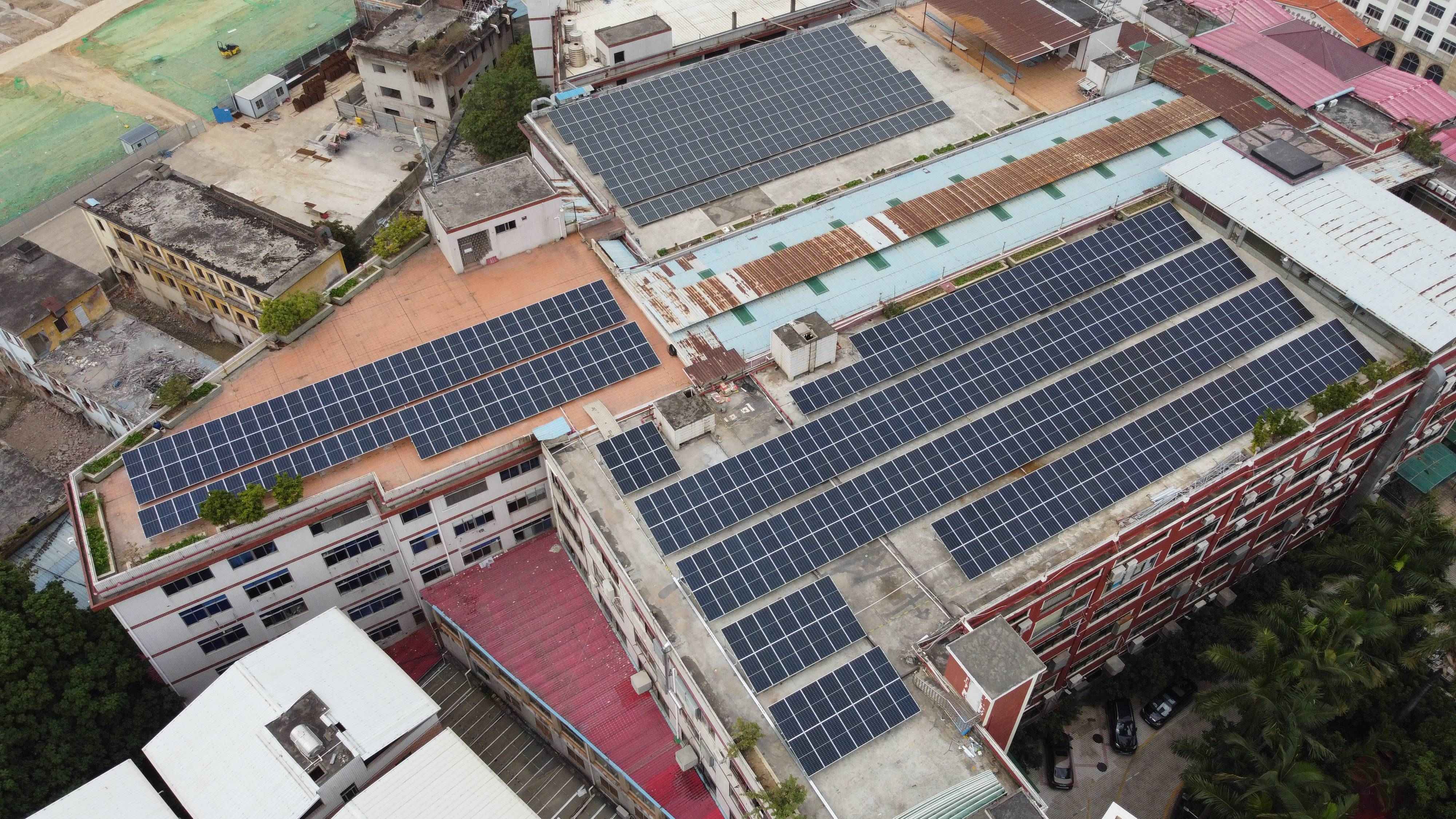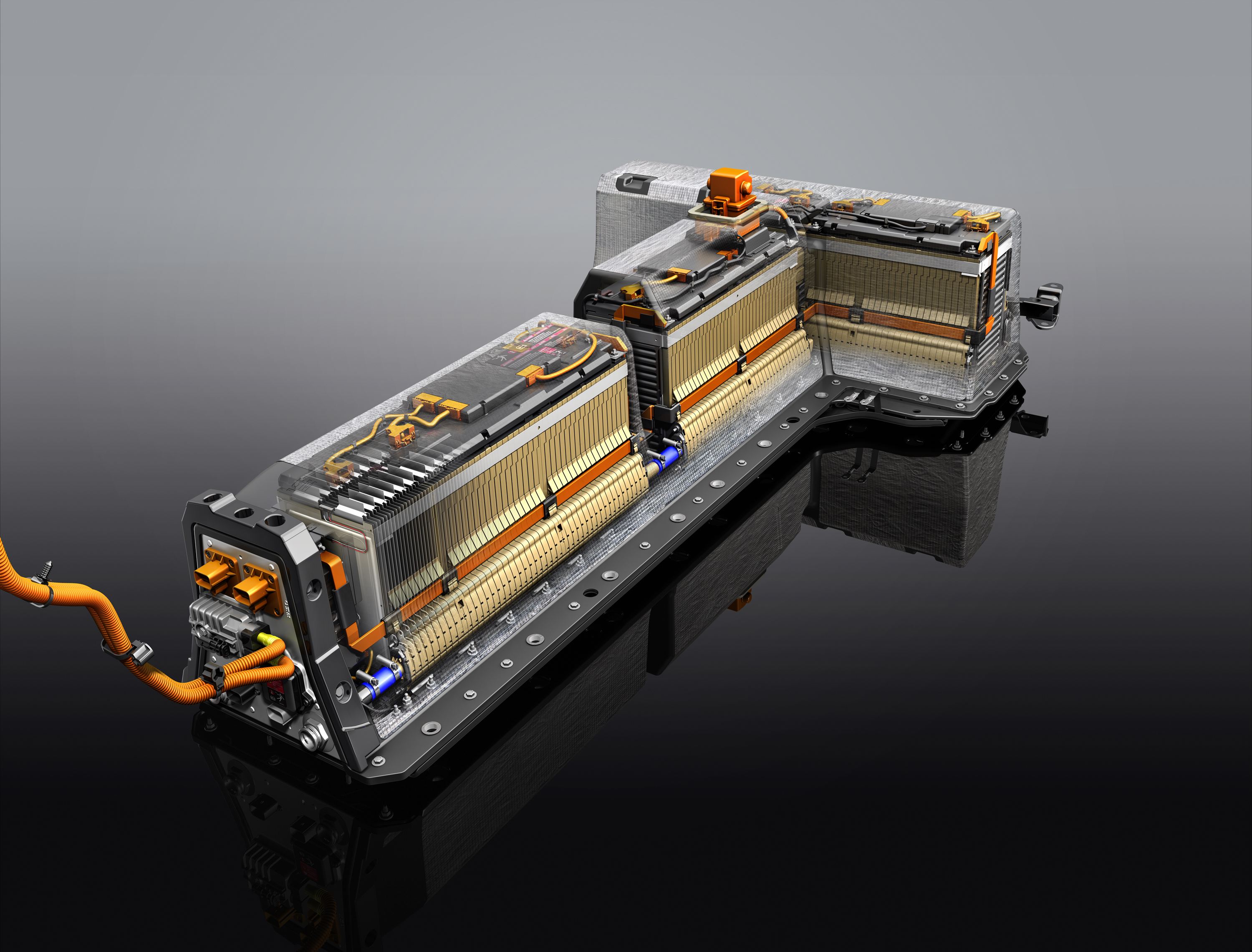
Déc . 13, 2023 09:19 Retour à la liste
Scénarios d'application de stockage d'énergie
Energy storage applications can be divided into three major scenarios: power generation side,transmission and distribution side,and user side.These scenarios can further be categorized based on energy-based demand and power-based demand.Energy-based requirements,such as energy time shift,prioritize longer discharge times and do not have strict response time requirements.On the other hand,power-based requirements,like system frequency regulation,require fast response capabilities but shorter discharge times.It is important to analyze the specific needs in each scenario to identify the most suitable energy storage technology.
Starting with the power generation side,energy storage is used to meet various demand scenarios.These include energy time shift,capacity units,load tracking,system frequency regulation,reserve capacity,and renewable energy grid connection.Energy time shift involves charging the battery during low load periods and releasing the stored power during peak electric load periods.This is helpful in peak load shaving and valley filling.It is also used to store renewable energy and balance the grid connection over different periods.Capacity units,on the other hand,focus on reserving a certain amount of power generation capacity to meet peak load requirements.This helps improve the utilization rate and economic performance of thermal power units.

Le suivi de charge est un service auxiliaire qui ajuste les charges qui changent lentement en temps réel. Ceci est principalement utilisé pour les charges en rampe, minimisant le taux de rampe des unités énergétiques traditionnelles. La régulation de la fréquence du système est cruciale pour maintenir un fonctionnement sûr et efficace de la production d'énergie et des équipements électriques. Les sources d'énergie traditionnelles ont des limites pour répondre aux instructions de répartition du réseau, tandis que le stockage d'énergie, en particulier le stockage d'énergie électrochimique, offre une vitesse de modulation de fréquence rapide. La capacité de réserve fait référence à la réserve de puissance active qui garantit la qualité de l'énergie et la stabilité du système en cas d'urgence. La fréquence de fonctionnement annuelle est généralement faible pour les applications de capacité de réserve. Enfin, la connexion au réseau d'énergie renouvelable implique de traiter les caractéristiques intermittentes et aléatoires des sources d'énergie renouvelables, telles que l'énergie éolienne et solaire. Cela inclut le décalage temporel de l'énergie, la solidification de la capacité de production d'électricité et le lissage de la production.
Moving on to the transmission and distribution side,energy storage applications focus on alleviating congestion,delaying the expansion of equipment,and supporting reactive power.Alleviating transmission and distribution congestion involves storing untransmitted power during line congestion and discharging it when the load is lower than the line capacity.This helps balance the supply and demand and requires a discharge time of around an hour.Delaying the expansion of power transmission and distribution equipment relies on energy storage systems to improve the capabilities of the power grid without the need for new facilities.The operating frequency is lower compared to congestion alleviation.Reactive power support regulates transmission voltage by injecting or absorbing reactive power on transmission and distribution lines.This ensures grid stability and power quality.

Lastly,on the user side,energy storage applications focus on time-of-use electricity price management,capacity fee management,improving power quality,and enhancing power supply reliability.User time-of-use electricity price management adjusts power load based on the time-of-use electricity price system,while capacity fee management reduces maximum power consumption to reduce costs.Energy storage systems help users store energy during low power consumption periods and discharge it during peak periods.This helps reduce overall load and capacity costs.Improving power quality is achieved through smoothing voltage and frequency fluctuations,especially in distributed photovoltaic systems.Finally,energy storage improves power supply reliability by ensuring uninterrupted power supply during outages.
In conclusion,energy storage technology offers various application scenarios in the power generation side,transmission and distribution side,and user side.In each scenario,the specific needs must be analyzed to determine the most suitable energy storage technology.Whether it is energy time shift,capacity units,load tracking,system frequency regulation,reserve capacity,or renewable energy grid connection,energy storage plays a critical role in optimizing power system operations,improving power quality,and enhancing reliability.
Produits connexes:
Sera supprimé en cas de violation
Site de référence : https://www.escn.com.cn
-
Wireless DC Charging: The Next Frontier in Contactless EV Power Delivery
NouvellesAug.04,2025
-
Hybrid BMS Energy Controls: Integrating Renewable Energy Sources
NouvellesAug.04,2025
-
Blockchain for Secure and Decentralized EMS Power Systems
NouvellesAug.04,2025
-
AI-Driven for Smart Grids: Energy Management System (EMS)
NouvellesAug.04,2025
-
Advanced Distribution Management System (ADMS) Energy
NouvellesAug.04,2025
-
5G-Enhanced BMS Energy Savings: Ultra-Low Latency Control
NouvellesAug.04,2025























